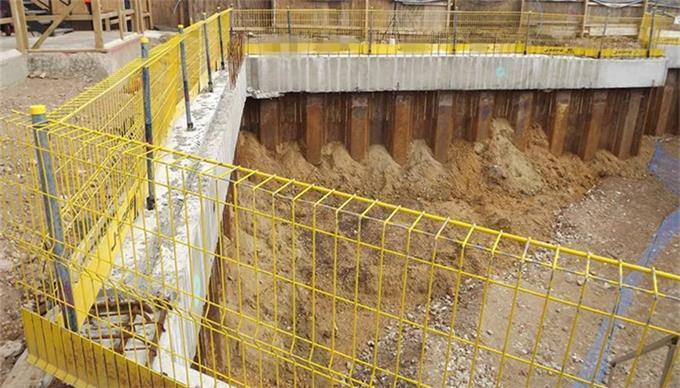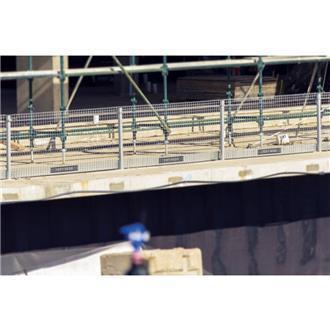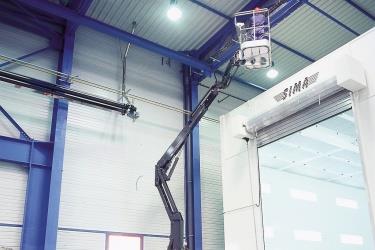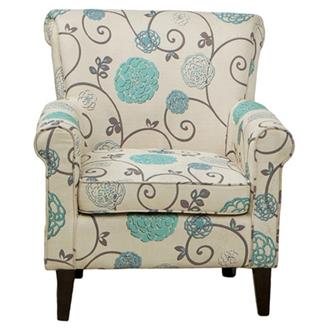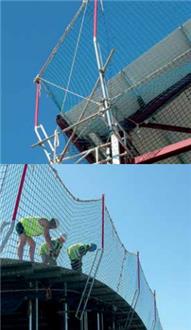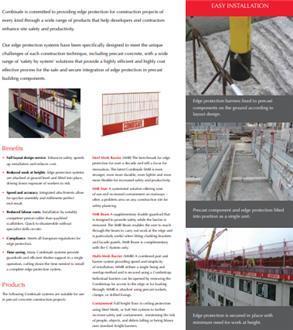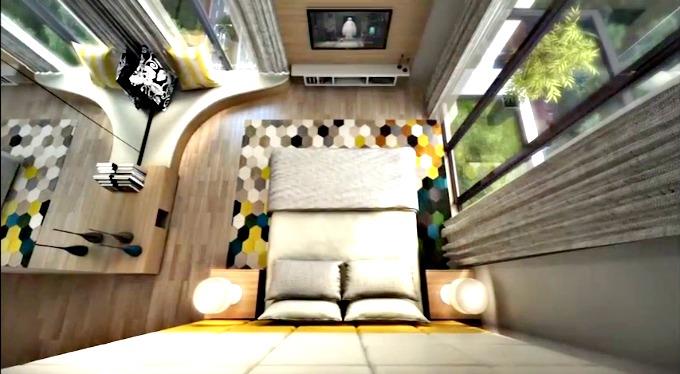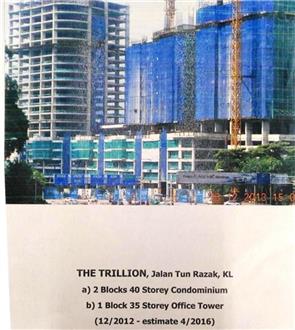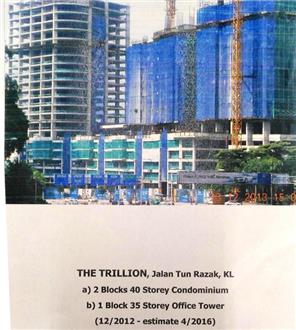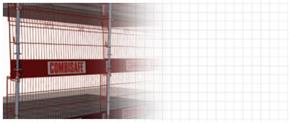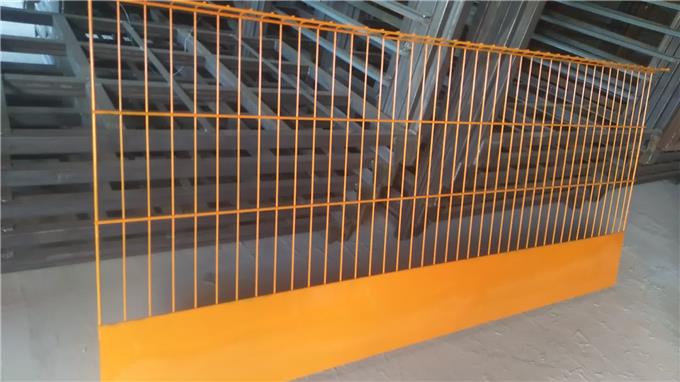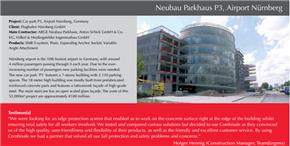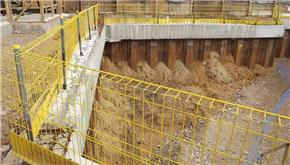
Swipe left or right to close the panel.
×

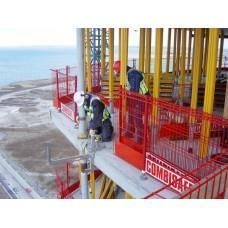
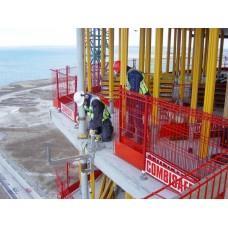


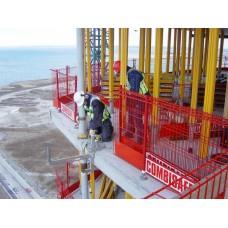
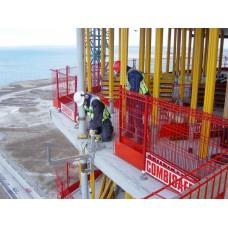
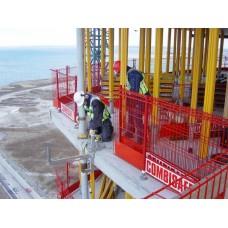
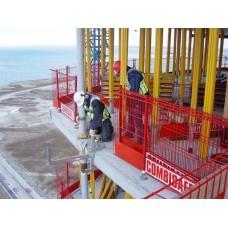
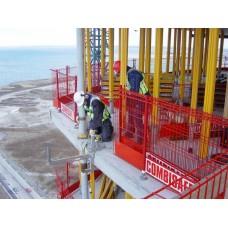
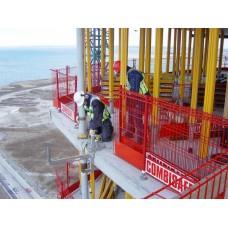
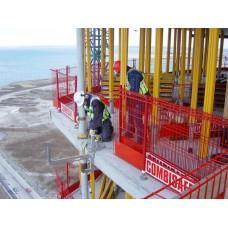



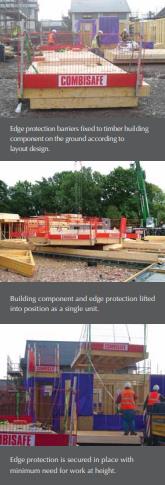
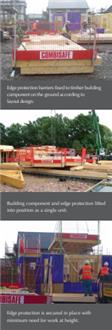
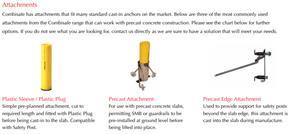
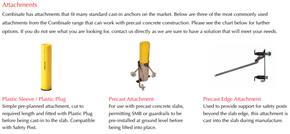
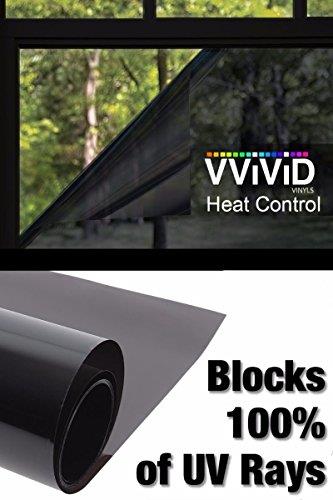

Top 10 Most Related Posts
Best Review Based on Most Mentioned Phrase / Active User

Method Provides High Level Containment
3 times mentioned • Johnson Perry • 27 December 2019

Method Provides High Level Containment
|
Combisafe Edge Protection Barrier. Class A – protection to flat surfaces and slopes generally up to 10 degrees. Class B – protection to flat surfaces and slopes up to 30 degrees. Class C – protection to steeply sloping surfaces up to 60 degrees. Mesh Barriers. Most mesh barriers comply to EN 13374 Class A (although some providers also supply barriers complying to Class C) and incorporate guardrail, toe board and mesh infill in one. This method provides a high level of containment and often enhances the feeling of operative safety.
|
|

Method Provides High Level Containment
3 times mentioned • Gary Lo • 03 September 2019

Method Provides High Level Containment

European Standard Temporary Edge Protection
10 times mentioned • Johnson Perry • 27 December 2019

European Standard Temporary Edge Protection
|
Combisafe Edge Protection Barrier. To ensure your edge protection meets the highest standards of safety and performance, you must adhere to the European Standard of Temporary Edge Protection – EN 13374. This applies to edge protection systems for flat and inclined surfaces and specifies the requirements for three classes of temporary edge protection. These are known as Class A, Class B and Class C.
|
|

European Standard Temporary Edge Protection
10 times mentioned • Billie Lo • 27 December 2019

European Standard Temporary Edge Protection
|
Combisafe Edge Protection Barrier. The most commonly specified solutions include Mesh Barrier Systems or MBS. To ensure your edge protection meets the highest standards of safety and performance, you must adhere to the European Standard of Temporary Edge Protection – EN 13374. This applies to edge protection systems for flat and inclined surfaces and specifies the requirements for three classes of temporary edge protection. These are known as Class A, Class B and Class C.
|
|

Developed Offer Alternative Safety System
7 times mentioned • Johnson Perry • 27 December 2019

Developed Offer Alternative Safety System
|
Combisafe Edge Protection Barrier. The SMB has been developed to offer an alternative safety system for the most challenging construction environments - combining a range of valuable benefits such as strength, durability, speed of installation and adjustability. The barrier is light to carry and easy to manoeuvre for improved transport and on-site handling. The Edge Protection Federation, a single authoritative body for the industry, describes edge protection as ‘primarily to prevent persons and objects from falling to a lower level'.
|
|

Require No Specialist Skills Offer
3 times mentioned • Billie Lo • 27 December 2019

Require No Specialist Skills Offer
|
Combisafe Edge Protection Barrier. Mesh barriers are considered to be simple to install as they require no specialist skills but also offer a professional look to a construction site. There are extensive attachments and accessories for this system which enables it to be applied to virtually any construction project. Size 2599 x 1150mm. Weight 19.4kg.
|
|

European Standard Temporary Edge Protection
10 times mentioned • Johnson Perry • 27 December 2019

European Standard Temporary Edge Protection
|
What is edge protection? To ensure your edge protection meets the highest standards of safety and performance, you must adhere to the European Standard of Temporary Edge Protection – EN 13374. This applies to edge protection systems for flat and inclined surfaces and specifies the requirements for three classes of temporary edge protection. These are known as Class A, Class B and Class C. Class A – protection to flat surfaces and slopes generally up to 10 degrees. Class B – protection to flat surfaces and slopes up to 30 degrees.
|
|

Combisafe Edge Protection Systems
14 times mentioned • Daniel Choo • 29 August 2019

Combisafe Edge Protection Systems
|
Legislation and Compliance.
All Combisafe edge protection systems
are designed to comply with the
European Standard for Edge Protection
EN 13374. Under these far reaching
guidelines, systems are performance
categorised from Class A, for
protection to flat surfaces and slopes
of up to 10 degrees, right through to
Class C, for surfaces with a 45 degrees
to 60 degrees pitch. Supporting this,
the UK Work at Height Regulations
2005 require those responsible for site
safety to minimise the requirement for
work at height wherever possible.
|
|

Combisafe Edge Protection Systems
14 times mentioned • Daniel Choo • 27 August 2019

Combisafe Edge Protection Systems
|
Legislation and Compliance.
All Combisafe edge protection systems
are designed to comply with the
European Standard for Edge Protection
EN 13374. Under these far reaching
guidelines, systems are performance
categorised from Class A, for
protection to flat surfaces and slopes
of up to 10 degrees, right through to
Class C, for surfaces with a 45 degrees
to 60 degrees pitch.
|
|

Anti Uv Vinyl Wrap Dark
3 times mentioned • Dawn Chin • 18 December 2020

Anti Uv Vinyl Wrap Dark
|
Heat Control Window Film 100% Anti UV Vinyl Wrap Dark Tint Roll. Unlike films that stick by static alone, once this film is in place, you can't take it down and use it again, making it a more permanent option. One of the advantages with this film is the darker tint. Once in place, it provides a high level of privacy since it's impossible to see in from outside unless you press your face against the glass. Reducing the amount you need to spend on electricity bills by up to 50%.
|
|
Everyone can have their own blog websites now. People use Invaber to blog their life, post their wishlists, post their preferences, share with others on Google. You also can discover more on what you blog. Invaber is sponsored by Microsoft.
|
|
Join Invaber |
|
|
What is Invaber? |
|
Lastest Business
|
|




